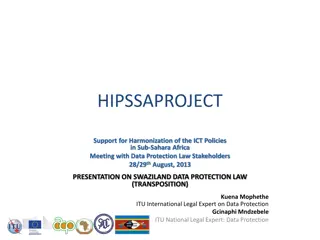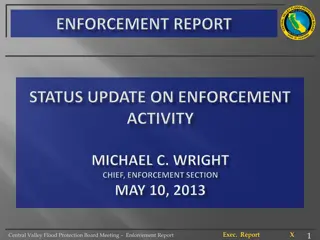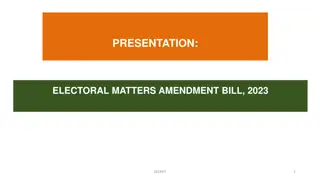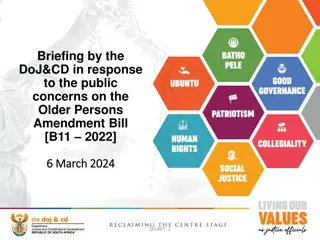San Joaquin Valley Pilots Bill Protection Analysis
A detailed analysis of the San Joaquin Valley Pilots Bill Protection Principles and Recommendations presented on 2/25/19 by Elise Hunter. The analysis includes findings on post-pilot savings for community solar customers, CARE and non-CARE customers, as well as non-community solar customers. It discusses the methodology used and potential risks for non-CARE/FERA customers in relation to bill protection.
Uploaded on Sep 14, 2024 | 0 Views
Download Presentation

Please find below an Image/Link to download the presentation.
The content on the website is provided AS IS for your information and personal use only. It may not be sold, licensed, or shared on other websites without obtaining consent from the author. Download presentation by click this link. If you encounter any issues during the download, it is possible that the publisher has removed the file from their server.
E N D
Presentation Transcript
San Joaquin Valley Pilots Bill Protection Principles & Recommendations 2/25/19 Presented by: Elise Hunter Policy & Regulatory Affairs Director ehunter@gridalternatives.org www.gridalternatives.org
Bill Protection Analysis Findings Post-Pilot Savings Analysis Community Solar Customers CARE Non-CARE w/o 20% Bill 25 Pcntl: 19% or $399 25 Pcntl: -8% or -$176 Savings % Protection Median: -3% or -$76 Median: 19% or $459 75Pcntl: 19% or $532 75 Pcntl: 2% or $95 Savings % w/ 25 Pcntl: 35% or $733 25 Pcntl: 13% or $286 Protection 20% Bill Median: 35% or $839 Median: 18% or $518 75Pcntl: 35% or $974 75 Pcntl: 22% or $835 An additional bill discount ensures that both CARE and non-CARE customers will receive energy bill savings Every customer receives a 20% community solar discount before any other discounts Customers are on EL-1 and E-1 tiered all-electric baseline rates, Region R
Bill Protection Analysis Findings Post-Pilot Savings Analysis Non- Community Solar Customers Several communities have either CSGT or GT-DAC as community solar options GT-DAC is restricted to only CARE/FERA eligible customers; other customers will be excluded The SJV pilots will allow participation up to 400% Federal Poverty Level (FPL), and FERA eligibility is 250% FPL While CSGT allows for a broader swath of customers, non-CARE/FERA customers may have to wait, or may be turned away if the CARE/FERA subscription % is too low Non-CARE/FERA w/o 20% Bill 25 Pcntl: -35% or -$746 Savings % Protection Median: -28% or -$808 75 Pcntl: -22% or -$821 Savings % w/ 25 Pcntl: -8% or -$176 Protection 20% Bill Median: -3% or -$76 75 Pcntl: 2% or $95 Non-CARE/FERA customers risk higher bills as a result of the pilot if they are not enrolled in community solar, and do not receive additional bill protection
Bill Protection Analysis Methodology Assumed post-pilot electric loads were adjusted based on regional averages The pilots in SJV fall into two main CEC forecast zones, 3 (PG&E) and 7 (SCE) The 2009 CEC California Residential Appliance Saturation Study (RASS) has estimates for space heating loads in forecast zones FZ 7 is likely more representative of the southern pilot communities than FZ 3, especially since RASS is 10 years old, and climate change is already affecting local temperatures Assigned Communities in Madera, Fresno and Tulare Counties to FZ 7, and assigned Merced county to FZ 3 This creates a weighted average where 10 out of 11 PA communities are assigned a higher space conditioning load Region # Communities HP Space Conditioning Load (Annual kWh) FZ 3 1 831 kWh FZ 7 10 5,509 kWh Weighted Avrg. N/A 5,084 kWh
Bill Protection Analysis Methodology Accounted for the rebound effect of increased usage of energy post- pilot to reach greater health and comfort In SCE s October 2018 proposal, SCE compared actual 2017 electricity consumption in the summer and winter, and found 30% more consumption in the summer, likely due to air conditioning. To account for this, SCE increased its heat pump space conditioning post-pilot load by 30%. GRID replicates this approach for the 5 PA/PI communities: 5,084 kWh *1.3 = 6,609 kWh for HP Space Conditioning Total Adjusted Added Electric Load = 8,489 kWh* Using this adjusted value, median CARE customers see average loads increase by 117% and median non-CARE customers see average loads increase by 121% *The remainder of electric loads are taken from the CEC RASS analysis for other appliances 719 kWh for electric dryer from table 2-5 310 kWh for radiant cooktop from table 2-5 1,004 kWh for heat pump water heater from table 2-5, adjusted for 300% efficiency rather than 95%
Climate Change in the SJV https://www.energy.ca.gov/2009publications/CEC-500-2009-014/CEC-500-2009-014-F.PDF


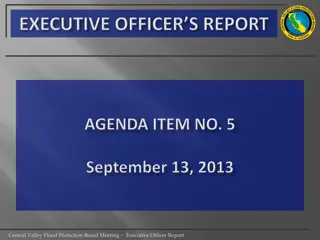
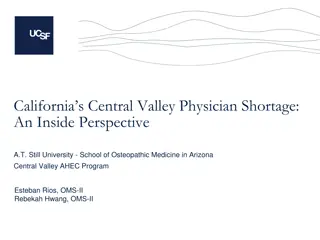
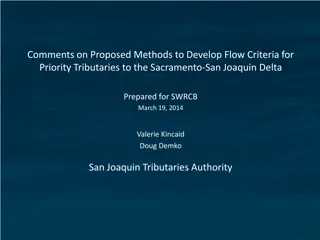







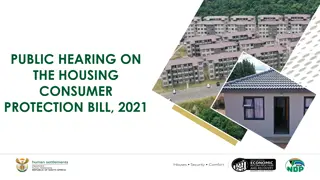
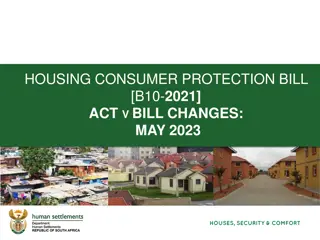

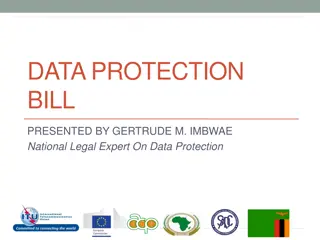





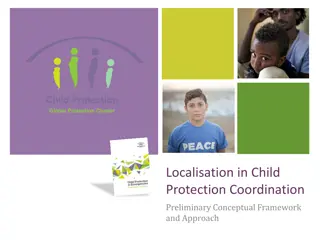

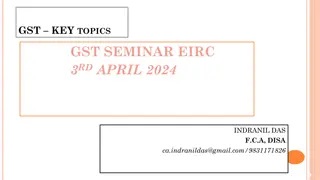






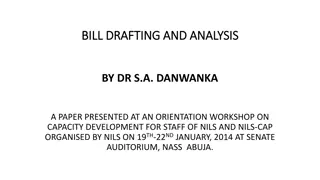

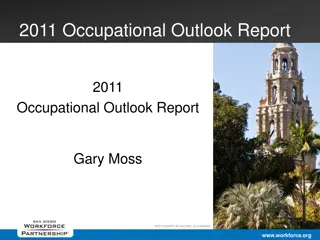

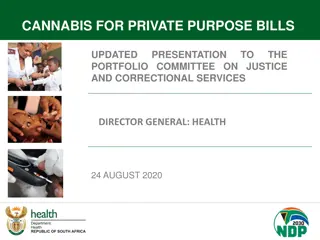
![Briefing on the Criminal Procedure Amendment Bill [B12-2021] to the Portfolio Committee on Justice and Correctional Services](/thumb/157093/briefing-on-the-criminal-procedure-amendment-bill-b12-2021-to-the-portfolio-committee-on-justice-and-correctional-services.jpg)

